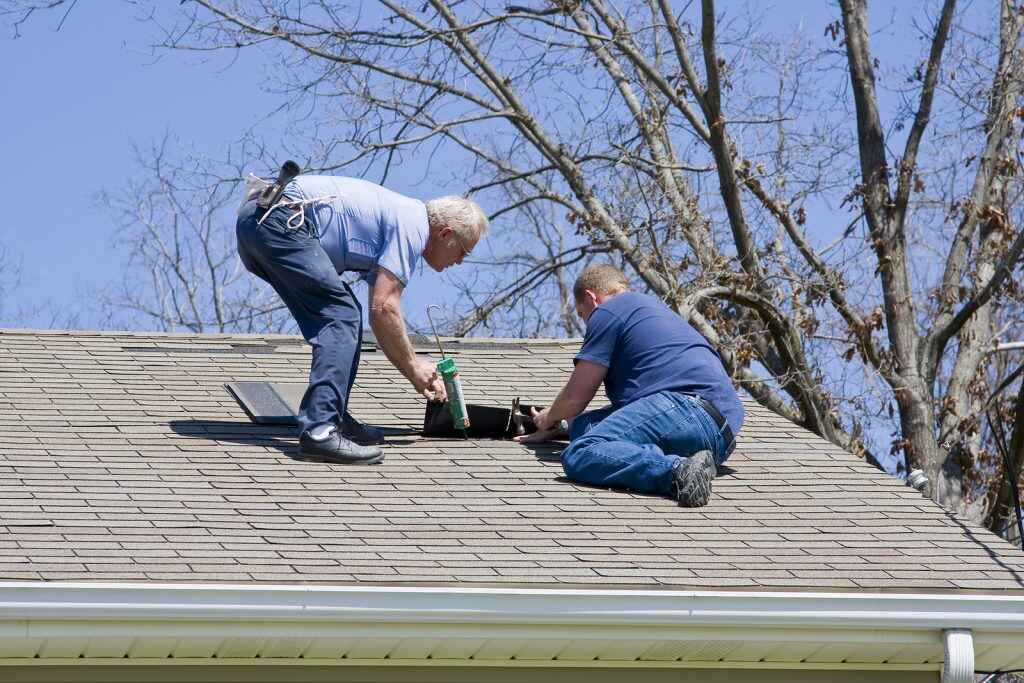Home roofing inspections are a crucial aspect of property maintenance, ensuring the structural integrity and longevity of the roof. From the initial assessment of the roof’s exterior to the detailed evaluation of its interior components, roofing professionals follow a systematic approach to identify potential issues and provide necessary recommendations. However, the real value lies in the process that bridges these steps, offering insights that go beyond mere surface observations. Understanding how each phase interconnects can enlighten homeowners seeking to safeguard their most significant investment.
Roof Inspection Preparation
Thorough preparation involving gathering necessary tools and equipment is imperative before conducting a roof inspection. Factors such as the type of roof (shingle, tile, metal), age, and any previous repairs must be considered when selecting roofing materials for inspection. Safety precautions during the inspection process are paramount. Always wear appropriate personal protective equipment (PPE) like gloves, non-slip shoes, and a hard hat.
Inspectors should wear fall protection gear, such as harnesses and lanyards, when working at heights. They should also be mindful of electrical hazards and unstable surfaces. By prioritizing safety and selecting the right tools for the job, inspectors can ensure a thorough and secure examination of the roof.
Exterior Roof Assessment
Conducting an exterior roof assessment involves meticulously examining the roof’s outer surface to evaluate its condition and identify potential issues. The inspector will closely inspect the roofing materials, such as shingles, tiles, or metal panels, checking for signs of wear, damage, or improper installation. Common issues that may be detected during this assessment include missing or cracked shingles, rust on metal panels, or broken tiles.
Additionally, the inspector will look for any indications of weather damage, such as curling shingles, granule loss, or hail dents. By thoroughly evaluating the roof’s exterior, the inspector can provide valuable insights into the overall health and longevity of the roofing system, helping homeowners promptly address any necessary repairs or maintenance.
Interior Roof Evaluation
During the interior roof evaluation, the underside of the roof structure is thoroughly examined to assess its condition and identify any potential issues. This inspection is crucial in detecting early signs of moisture damage and ensuring proper attic ventilation.
– Moisture Damage: Identifying signs of water intrusion or leaks is vital to prevent further damage.
Attic Ventilation: Adequate Ventilation is essential to regulating temperature and humidity levels and preserving the roof’s integrity.
– Insulation Quality: Checking insulation levels helps maintain energy efficiency and prevent issues like ice dams.
– Structural Integrity: Assessing the roof’s structure can reveal weaknesses that may lead to future problems if not addressed promptly.
Identification of Roofing Issues
Upon thorough inspection, identifying roofing issues is a critical step in maintaining a home’s roof’s structural integrity and longevity. Common problems found during a roofing inspection include missing or damaged shingles, signs of water damage such as stains or mold growth, deteriorating flashing around chimneys or vents, and sagging areas indicating possible structural issues. Early detection of these issues is critical to preventing more extensive damage and costly repairs in the future. Issues like poor attic ventilation, clogged gutters, or improper installation can also be identified during the inspection process. By addressing these problems promptly, homeowners can ensure their roof’s overall health and durability.
Reporting and Recommendations
Following a comprehensive assessment of the roof’s condition, the next crucial step in the home roofing inspection process involves compiling a detailed report outlining identified issues and providing recommendations for necessary actions. This report serves as a valuable tool for homeowners to understand the current state of their roofs and plan for maintenance or repairs.
These elements aim to empower homeowners with clear guidance on how to best care for their roofs.

2 Comments
Professional Roofer | Premier Home Solutions
April 23, 2024[…] performance and leads to substantial long-term cost savings. It’s advisable to arrange professional roof inspections at least once a year to detect any potential issues early on and maintain your roof in optimal […]
How Long Do Flat Roofs Last? | Premier Home Solutions
April 23, 2024[…] flat roof maintenance is paramount to ensuring its longevity and structural integrity. Regular roof inspections are crucial in identifying issues early on, allowing for prompt repairs to prevent more extensive […]